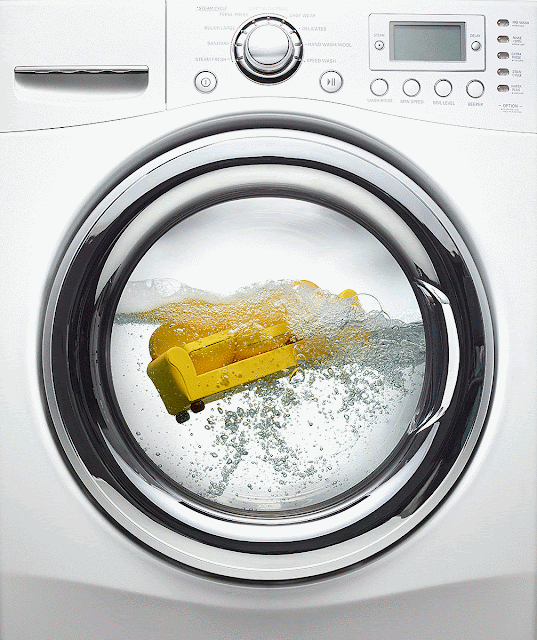Types of gears
Gears can be classified:
- According to the relative position of their axes
- According to the type of contact between the surface of the gear
Figure 1: Types of gears
Parallel shaft
- Depending upon the teeth of the equivalent cylinder, i.e., straight or helix
- We have following parallel shaft gears
- Spur gears: straight teeth parallel to the axes of the wheel
- Helical gears: teeth are curved and inclined to the shaft axis. Two mating gears have the same helix angle but have teeth of the opposite hand
- Herringbone gears: A double-helical gear is equivalent to a pair of helical gears attached together, one has a right-hand helix and other a left-hand helix
Figure 2: Spur gear
Figure 3: Helical gear
Figure 4: Herringbone gear
Intersecting gear
- Two non-parallel or intersecting shafts can be connected by means of bevel gears.
- Straight bevel gears: teeth are straight, radial to the point of intersection of the shaft axes, and vary in cross-section throughout their length. Used to connect shafts at the right angle
- Mitre gears: when two bevel gears of the same size connect two shafts at a right angle
- Spiral bevel gears: teeth of bevel gear are inclined at an angle to the face of the bevel
Figure 5: Straight bevel gear
Figure 6: Spiral bevel gear
Non-parallel, non-intersecting shafts
Spiral gears or crossed-helical gears: have a helix cut on their periphery in such a manner that they have two non-parallel axes
Worm gears: Consists of a worm and worm-wheel
Hypoid gears: similar to spiral bevel gear but the pinion is larger and stronger than a spiral pinion
Figure 7: Spiral gear
Figure 8: Worm and Worm wheel
Figure 9: Hypoid gear
Internal and external gears
External gears:
The gears of the two shafts mesh externally with each other. The larger wheel is called the spur wheel while the smaller wheel is called a pinion. The rotation of the two wheels is in the opposite direction.
Internal gears:
The gears of the two shafts mesh internally with each other. The larger wheel is called the annular wheel while the smaller wheel is called a pinion. The rotation of the two wheels is in the same direction.
Figure 10: External and Internal gears















Very nice information .
ReplyDeleteVery helpful for me
ReplyDelete